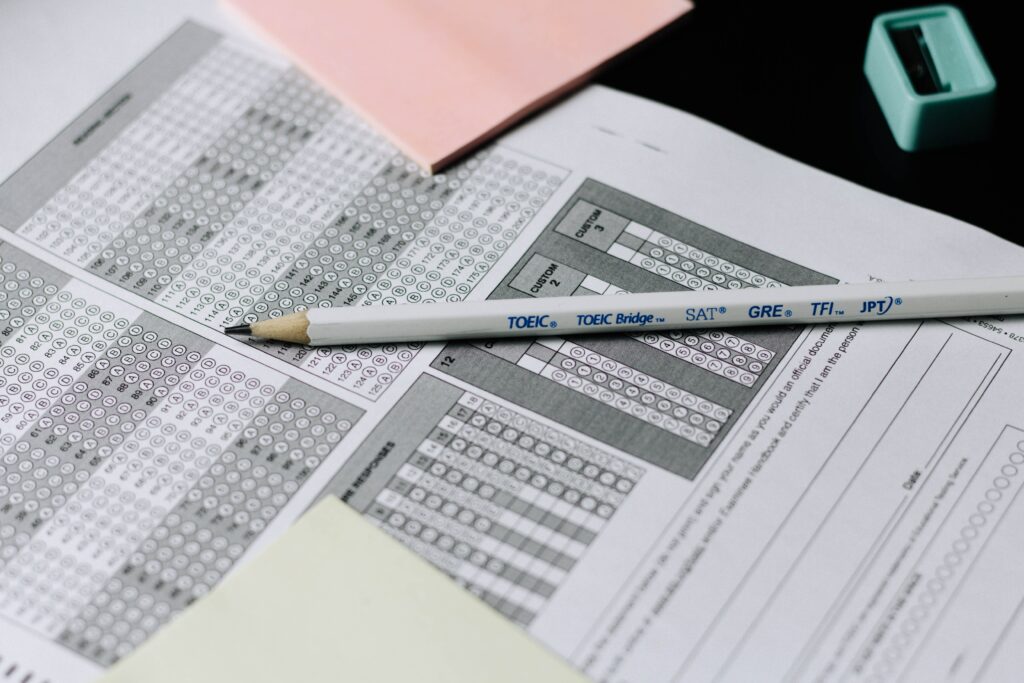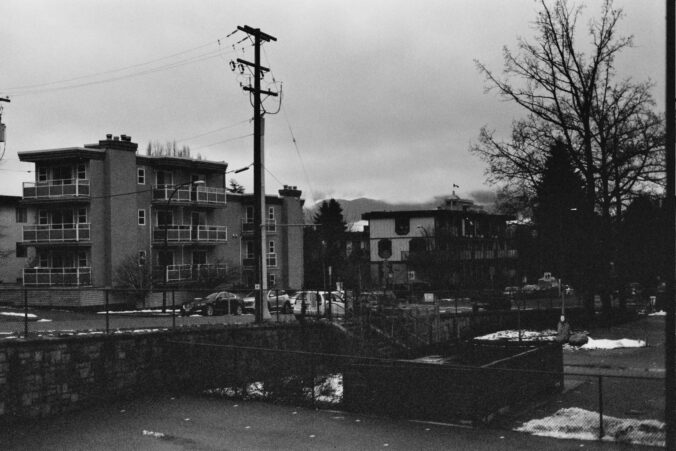A fruitful discussion during our first breakout session with our newly formed learning pod yielded several points that our cohort of teachers-in-training believe are important to continue evaluating as we move through our coursework, practica and career.
First, we understand that the education system as a whole (including K-12 and university) is made up of checkpoints. Elementary education provides a baseline, high school students accumulate a breadth of “knowledge” in the form of test scores, which they then use to apply to a university, achieve a degree, and transform that into a job in whatever field.

Our thoughts about re-imagining education come from the movie Most Likely to Succeed (2015). One thing that our learning pod recommends is more funding. We referenced mostly students supports like counselling, occupational and physical therapy, reliable education assistant staffing and food programs, and we also acknowledged how more technology in the classroom could benefit student learning. About the human resources in the above list, we felt these to be important because with greater staffing, there can be a definition of roles and therefore accountability. With the right supports for students who need it, teachers can have more time to plan and execute inquiry or project-based learning opportunities, which could require more back-end/scaffolding work by the instructor before asking students to organize their own learning.

Our learning pod noted that although high school allows more flexibility in instruction and assessment because students can manage with less guidance, we thought greater staffing would give allow for trail and error of these re-imagined learning opportunities. This leads to a reflection on another major topic of this week— professional learning networks.
I have just joined the Twitter-verse and I don’t regret it. Through following a few local educators I’ve already been linked to other accounts, blogs or simple little GIFs that I believe will be useful as I start to lesson plan. As I move through this degree and meet various teachers, administrators and educators I will be sure to share my contact and social media account(s) information so I can build my professional learning network to gather and implement some tested teaching methods. In addition to getting inspiration, building a PLN and utilizing creative commons is also a way for teachers to self-reflect—a practice that will need to be exercised frequently to keep students motivated.

Leave a Reply
You must be logged in to post a comment.